Exploring the Zulu Heritage at South Africa's Royal Reed Dance
The Royal Reed Dance, a vibrant and culturally rich tradition deeply rooted in the Zulu heritage, is a spectacle that captivates both locals and visitors alike. This age-old ceremony, held annually in South Africa, showcases the beauty, grace, and unity of the Zulu people through a series of mesmerizing performances and rituals.

History of the Royal Reed Dance
The history of the Royal Reed Dance is deeply rooted in the rich cultural tapestry of the Zulu people in South Africa. This centuries-old tradition has been passed down through generations, symbolizing unity, pride, and heritage among the Zulu community. Originating from the royal courts of Zulu kings, the Royal Reed Dance, also known as Umkhosi woMhlanga, holds a special place in the hearts of the Zulu people.
Legend has it that the Royal Reed Dance was initiated by King Shaka, the legendary Zulu monarch, as a way to select young maidens for his royal court. Over time, the ceremony evolved into a vibrant celebration of womanhood, purity, and cultural identity. The dance serves as a rite of passage for young Zulu girls, marking their transition into adulthood and their readiness for marriage.
Traditionally, the Royal Reed Dance was a display of the king's power and authority, as well as a way to showcase the beauty and grace of Zulu maidens. The event was a spectacle of color, music, and dance, with maidens adorned in traditional attire and intricate beadwork, dancing with reeds in hand as a symbol of purity and fertility.
Through the generations, the Royal Reed Dance has retained its cultural significance, serving as a symbol of unity and pride for the Zulu people. The ceremony continues to be a highlight of the cultural calendar, drawing visitors from far and wide to witness the beauty and grace of the Zulu maidens as they pay homage to their heritage through dance and song.

Preparations and Rituals
When delving into the intricate world of the Royal Reed Dance, one cannot overlook the meticulous preparations and sacred rituals that precede this grand cultural event. The preparations for the ceremony are a labor of love and dedication, reflecting the deep-rooted traditions of the Zulu people.
Months before the Royal Reed Dance takes place, young Zulu maidens begin their preparations with utmost care and attention to detail. From weaving intricate beadwork to crafting traditional attire, every step is steeped in symbolism and cultural significance. The anticipation builds as the community comes together to support and guide the maidens through this transformative journey.
Rituals play a vital role in the lead-up to the Royal Reed Dance, symbolizing purity, unity, and respect for ancestral traditions. Cleansing ceremonies are conducted to purify the maidens both physically and spiritually, preparing them for their sacred role in the ceremony. These rituals serve as a bridge between the past and the present, connecting generations through shared customs and beliefs.
As the day of the Royal Reed Dance approaches, the air is filled with excitement and anticipation. The rhythmic sounds of drums echo through the village, signaling the beginning of the festivities. The maidens, adorned in their colorful attire and symbolic accessories, gather to showcase their grace and beauty in a mesmerizing display of tradition and culture.
The rituals performed during the Royal Reed Dance are not merely for show; they hold deep spiritual significance for the Zulu people. Each movement, each gesture is imbued with meaning, honoring the ancestors and preserving the cultural heritage of the community. Through these rituals, the past is brought to life, ensuring that the traditions of the Zulu people endure for generations to come.
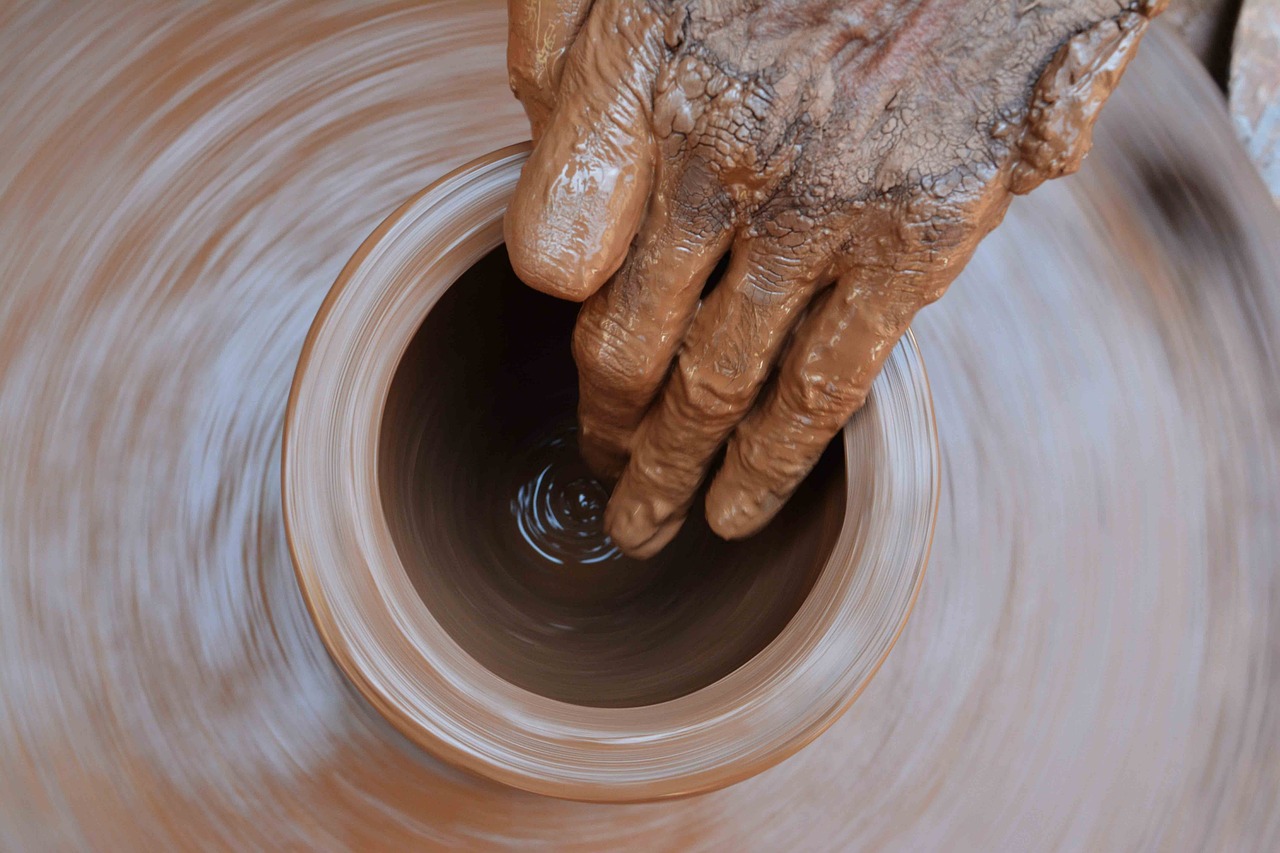
Traditional Attire and Accessories
Traditional attire and accessories hold a significant place in the Royal Reed Dance ceremony, symbolizing the rich cultural heritage of the Zulu people. The attire worn during this traditional event is a vibrant display of colors, patterns, and craftsmanship that showcase the beauty and pride of Zulu culture. Women and young maidens adorn themselves in isiNene, a skirt made of grass or fiber, paired with ibrigade, a beaded apron that signifies the maiden's purity and status.
Additionally, intricate beadwork plays a crucial role in Zulu traditional attire, with beads adorning necklaces, bracelets, and anklets. These beadwork accessories are not merely decorative but carry deep cultural meanings, often representing aspects of the wearer's life, such as their age, marital status, or social standing. The iziqu, a headdress made of twisted grass decorated with beads, is another essential accessory that completes the traditional Zulu attire.
Furthermore, the umqhele, a unique headband worn by Zulu maidens, signifies their eligibility for marriage and is crafted with meticulous detail. The vibrant colors and intricate designs of the traditional attire and accessories worn during the Royal Reed Dance reflect the Zulu people's pride in their heritage and cultural identity.
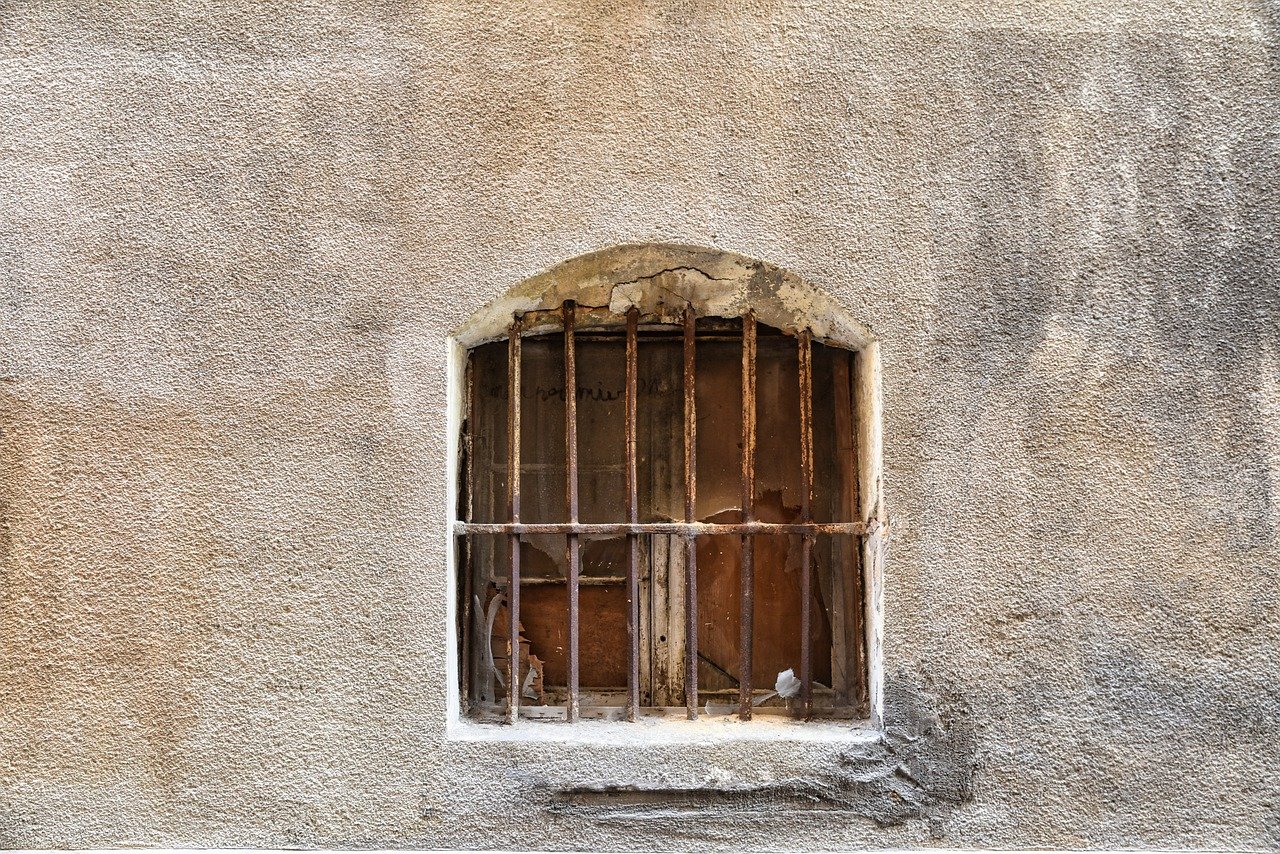
Ceremonial Dances and Performances
When it comes to the Royal Reed Dance, the heart of the celebration lies in the mesmerizing ceremonial dances and performances that captivate both participants and spectators. The rhythmic movements and vibrant displays of cultural pride are a sight to behold, showcasing the rich heritage of the Zulu people.
During the Royal Reed Dance ceremony, traditional Zulu dances take center stage, with each movement carefully choreographed to honor ancestors and express unity within the community. The dancers, adorned in colorful attire and intricate beadwork, move in harmony to the beat of drums, creating a symphony of motion and sound that symbolizes the essence of Zulu culture.
One of the most iconic dances performed during the Royal Reed Dance is the Ingoma, a powerful and energetic dance that signifies strength and resilience. The dancers' synchronized movements and spirited performances convey a deep sense of pride and tradition, embodying the spirit of the Zulu people.
Another highlight of the ceremonial dances is the Ukusina, a graceful and elegant dance that celebrates femininity and beauty. The dancers' fluid movements and graceful gestures pay homage to the role of women in Zulu society, showcasing their grace and poise in a captivating display of artistry.
As the sun sets and the rhythm of the drums intensifies, the atmosphere becomes charged with energy and emotion, drawing both participants and onlookers into a shared experience of cultural expression and unity. The Royal Reed Dance transforms into a spectacle of color, movement, and music, leaving a lasting impression on all who witness its magic.
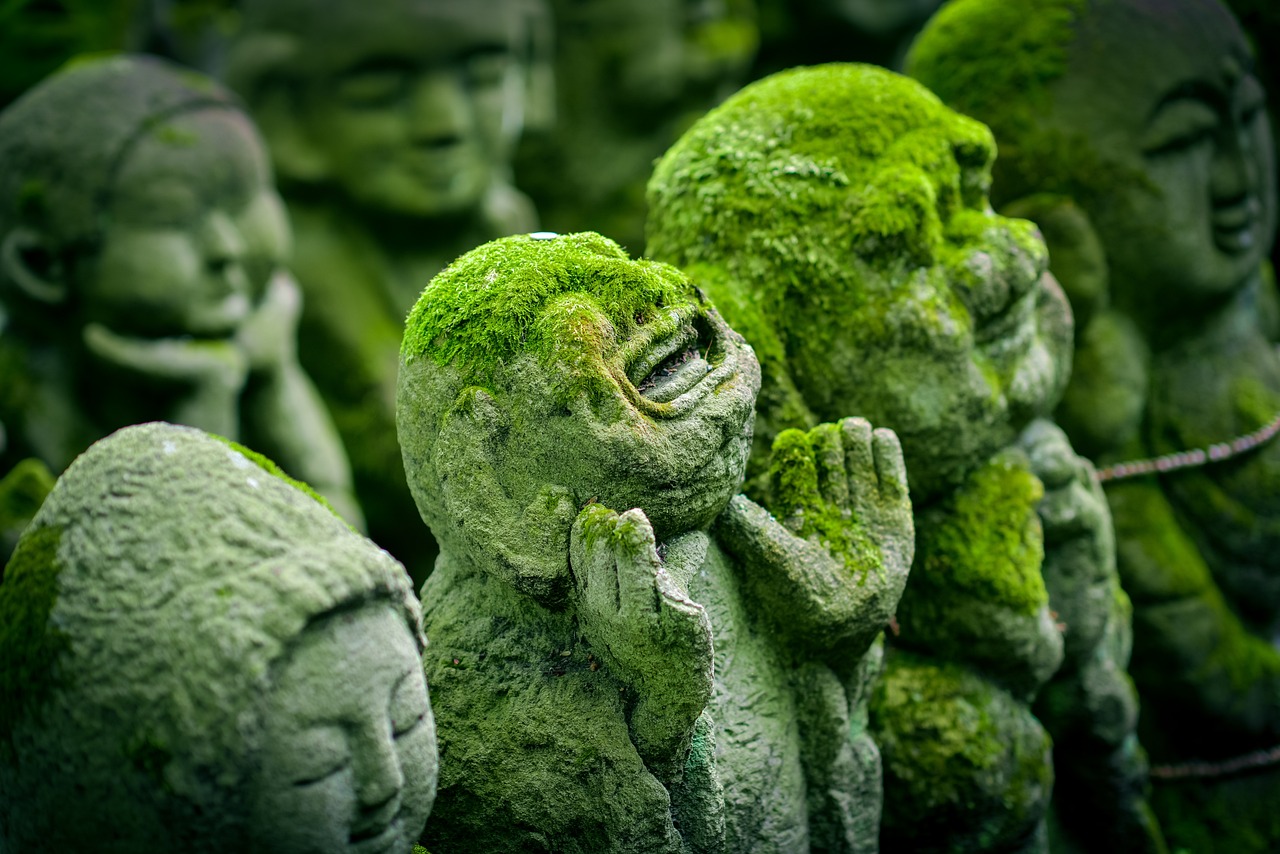
Role of Young Zulu Maidens
The in the Royal Reed Dance holds a significant place in the cultural tapestry of the Zulu community. These maidens, often unmarried girls, play a crucial role in the ceremonial event, symbolizing purity, grace, and the continuity of tradition. Dressed in vibrant attire adorned with beads and feathers, they showcase the beauty and elegance of Zulu culture through their intricate dance movements and performances.
During the Royal Reed Dance, young Zulu maidens carry reeds to the royal palace as a gesture of respect and allegiance to the Zulu king. This act not only demonstrates their loyalty to the monarchy but also highlights their role as custodians of tradition and heritage. The maidens' participation is a testament to the cultural pride and unity within the Zulu community, emphasizing the intergenerational transmission of customs and values.
Furthermore, the young Zulu maidens undergo rigorous training and preparation for their participation in the Royal Reed Dance. They learn traditional dances, songs, and rituals under the guidance of experienced elders, ensuring the authenticity and preservation of Zulu customs. Through their dedication and commitment, these maidens embody the spirit of the event and contribute to its vibrant and celebratory atmosphere.
As they perform intricate dance routines and present the reeds to the royal family, the young Zulu maidens encapsulate the essence of grace, beauty, and cultural pride. Their role in the ceremony not only honors the legacy of past generations but also inspires future generations to cherish and uphold their cultural heritage. The presence of these maidens symbolizes the strength and resilience of the Zulu community, reflecting the enduring traditions that define their identity.
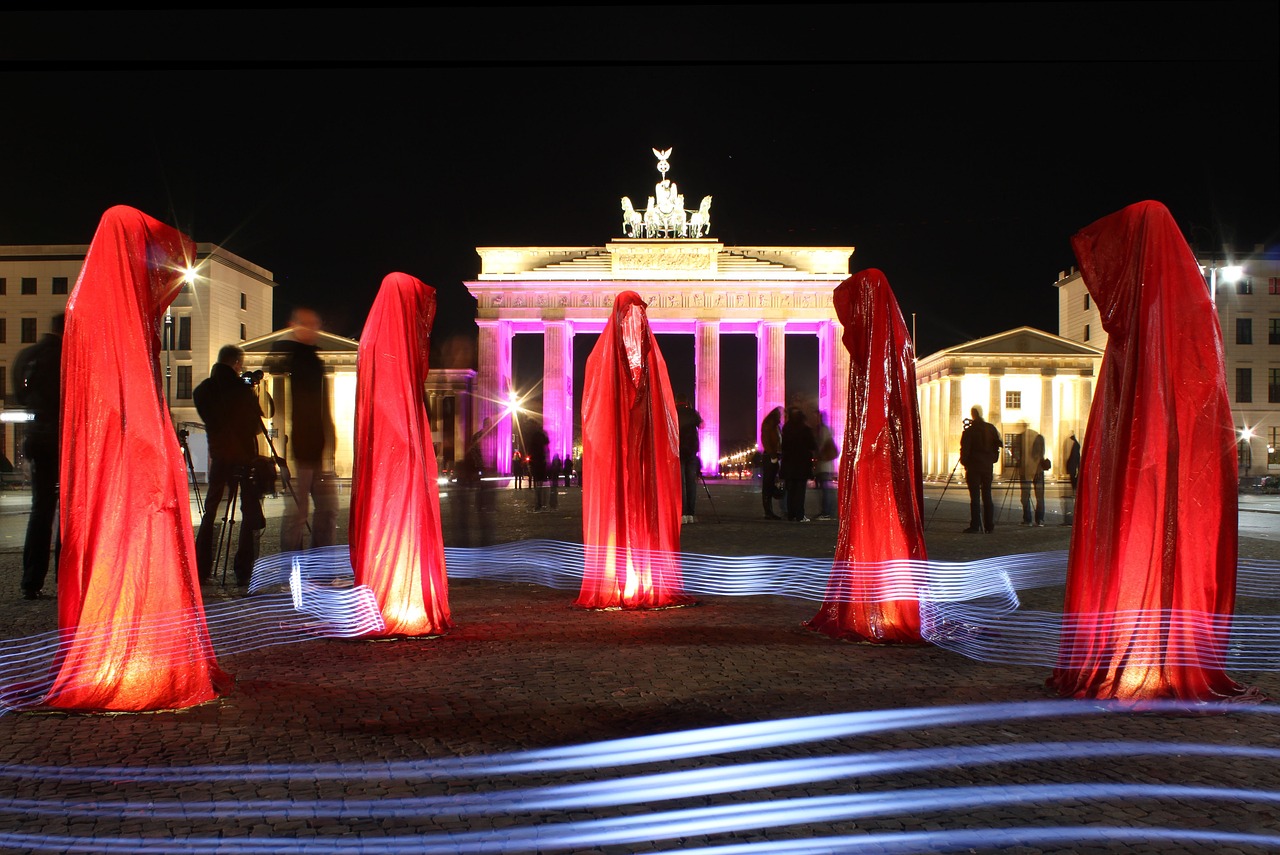
Community Participation and Support
Community participation and support play a crucial role in the success and vibrancy of the Royal Reed Dance ceremony. This traditional event not only involves the young Zulu maidens but also engages the entire community in various ways. From the construction of the ceremonial reed structures to the intricate beadwork on the costumes, the collective effort of the community is evident at every step of the preparation.
One of the key aspects of community participation is the gathering of the reeds used to construct the elaborate structures that are central to the ceremony. This task is not undertaken by individuals alone but is a collaborative effort involving members of the community working together to collect, prepare, and transport the reeds to the ceremonial grounds. It is a time-honored tradition that fosters a sense of unity and shared purpose among the participants.
Furthermore, the support provided by the community extends beyond the physical preparations and logistics of the event. The Royal Reed Dance is also a cultural symbol that embodies the values and heritage of the Zulu people. As such, the community plays a vital role in upholding and preserving these traditions, ensuring that the ceremony continues to be passed down from generation to generation.
During the actual performance of the dance, community members come together to witness and celebrate the beauty and grace of the young maidens as they showcase their skills and talents. The atmosphere is filled with excitement and pride, with spectators offering encouragement and applause to the participants. This communal support not only adds to the festive spirit of the event but also reinforces the cultural significance of the Royal Reed Dance.
In essence, the Royal Reed Dance is not just a spectacle for the participants but a shared experience that unites the community in a celebration of their heritage and identity. The involvement of community members, young and old, underscores the importance of collective participation in preserving and promoting cultural traditions. Through their support and engagement, the community ensures that the legacy of the Royal Reed Dance continues to thrive and remain a cherished part of Zulu culture.
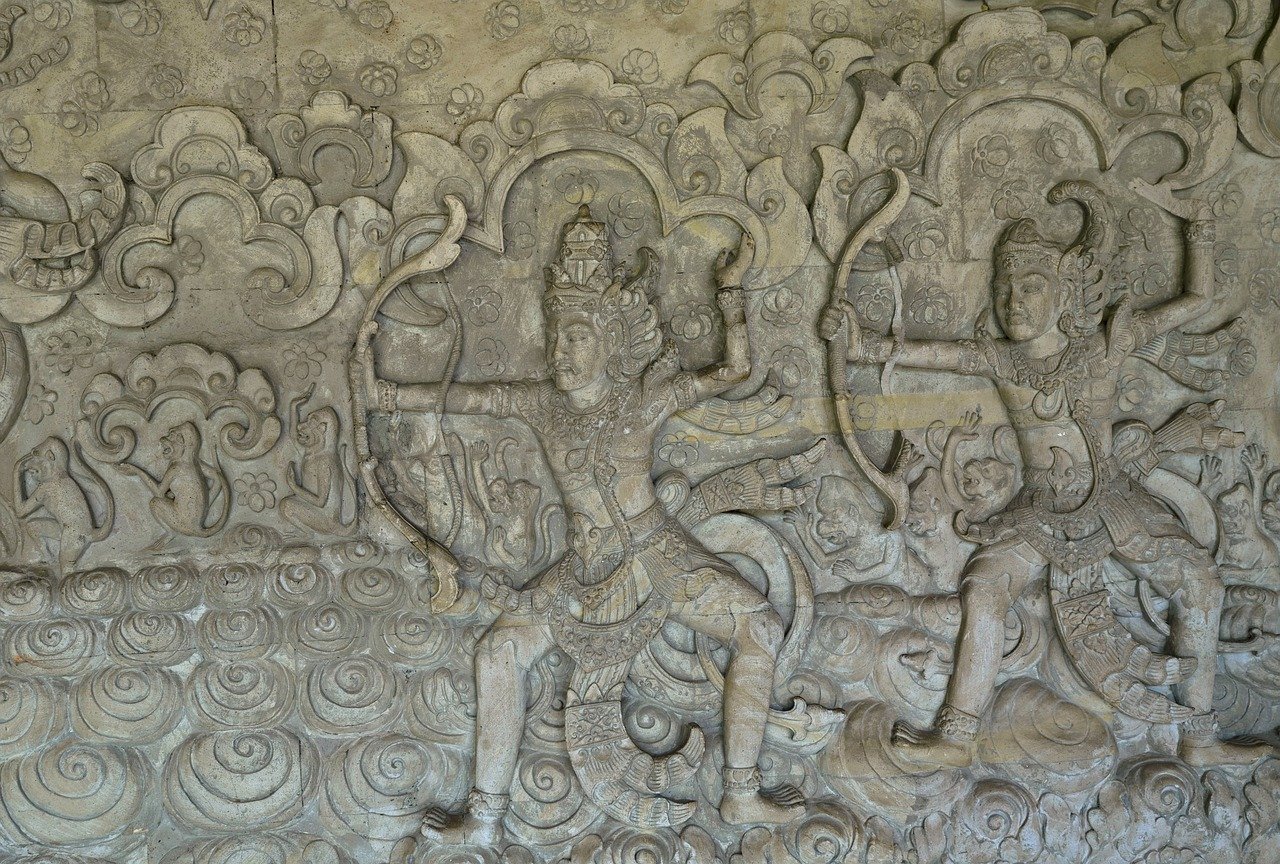
Modern Influences and Adaptations
The Royal Reed Dance, a cherished tradition in Zulu culture, has not been immune to the winds of change brought about by modern influences and adaptations. As the world evolves, so too does this cultural celebration, reflecting the dynamic nature of traditions in a contemporary society. The fusion of traditional practices with modern elements has created a unique tapestry of cultural expression that continues to captivate audiences both locally and globally.
One significant modern influence on the Royal Reed Dance is the incorporation of technology into the event. In today's digital age, smartphones and social media play a prominent role in documenting and sharing the festivities with a wider audience. The use of technology has not only enhanced the visibility of the ceremony but has also allowed for real-time engagement with spectators from around the world.
Furthermore, the evolving role of women in society has also influenced the Royal Reed Dance. While the ceremony traditionally focused on the purity and virginity of young maidens, there is now a growing emphasis on empowerment and gender equality. Modern interpretations of the event seek to celebrate the strength and resilience of Zulu women, highlighting their contributions to the community beyond traditional gender roles.
Globalization has also left its mark on the Royal Reed Dance, with the festival attracting a diverse range of participants and spectators from various cultural backgrounds. This intercultural exchange has enriched the event, fostering a spirit of unity and understanding among different communities. The fusion of traditional Zulu customs with elements from other cultures has created a vibrant tapestry of diversity that reflects the interconnectedness of our world.
Despite these modern influences and adaptations, the essence of the Royal Reed Dance remains rooted in the rich heritage and traditions of the Zulu people. The event serves as a testament to the resilience of cultural practices in the face of changing times, showcasing the ability of traditions to evolve while preserving their core values and significance.
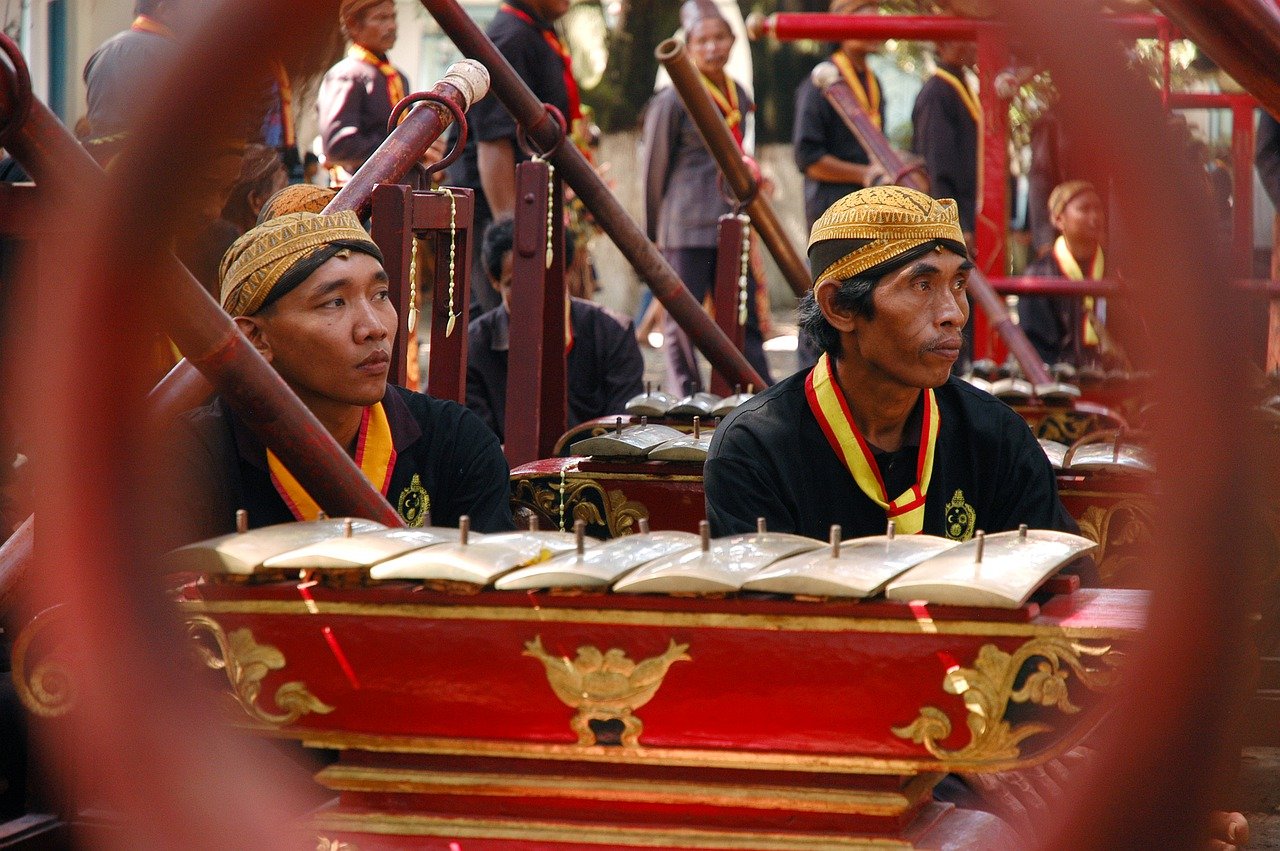
Cultural Preservation Efforts
Preserving the rich cultural heritage of the Royal Reed Dance is a paramount task that requires dedication and commitment from the Zulu community and beyond. Efforts to safeguard this traditional ceremony involve a multifaceted approach that encompasses various aspects of cultural preservation.
One of the key initiatives in the cultural preservation efforts is the documentation and archiving of the history and practices associated with the Royal Reed Dance. By recording the rituals, songs, dances, and stories passed down through generations, future generations can learn and appreciate the significance of this cultural tradition.
Additionally, educational programs and workshops are organized to raise awareness about the importance of preserving the Royal Reed Dance. These initiatives aim to engage the younger generation and instill a sense of pride and responsibility in upholding their cultural heritage.
Collaborations with academic institutions, cultural organizations, and government bodies play a crucial role in supporting the cultural preservation efforts. By working together, resources and expertise can be pooled to ensure the continued vitality of the Royal Reed Dance.
Furthermore, initiatives such as cultural exchanges, festivals, and exhibitions help to promote the Royal Reed Dance on a national and international level. By showcasing this traditional ceremony to a global audience, awareness is raised, and interest is generated in the cultural significance of the event.
Community involvement is also essential in the cultural preservation efforts surrounding the Royal Reed Dance. Through active participation in the planning and organization of the ceremony, local communities can take ownership of their cultural heritage and ensure its continuation for future generations.
In conclusion, the cultural preservation efforts for the Royal Reed Dance are crucial in safeguarding this significant aspect of Zulu heritage. By documenting, educating, collaborating, promoting, and engaging communities, the rich traditions and values embodied in the Royal Reed Dance can be preserved and celebrated for years to come.
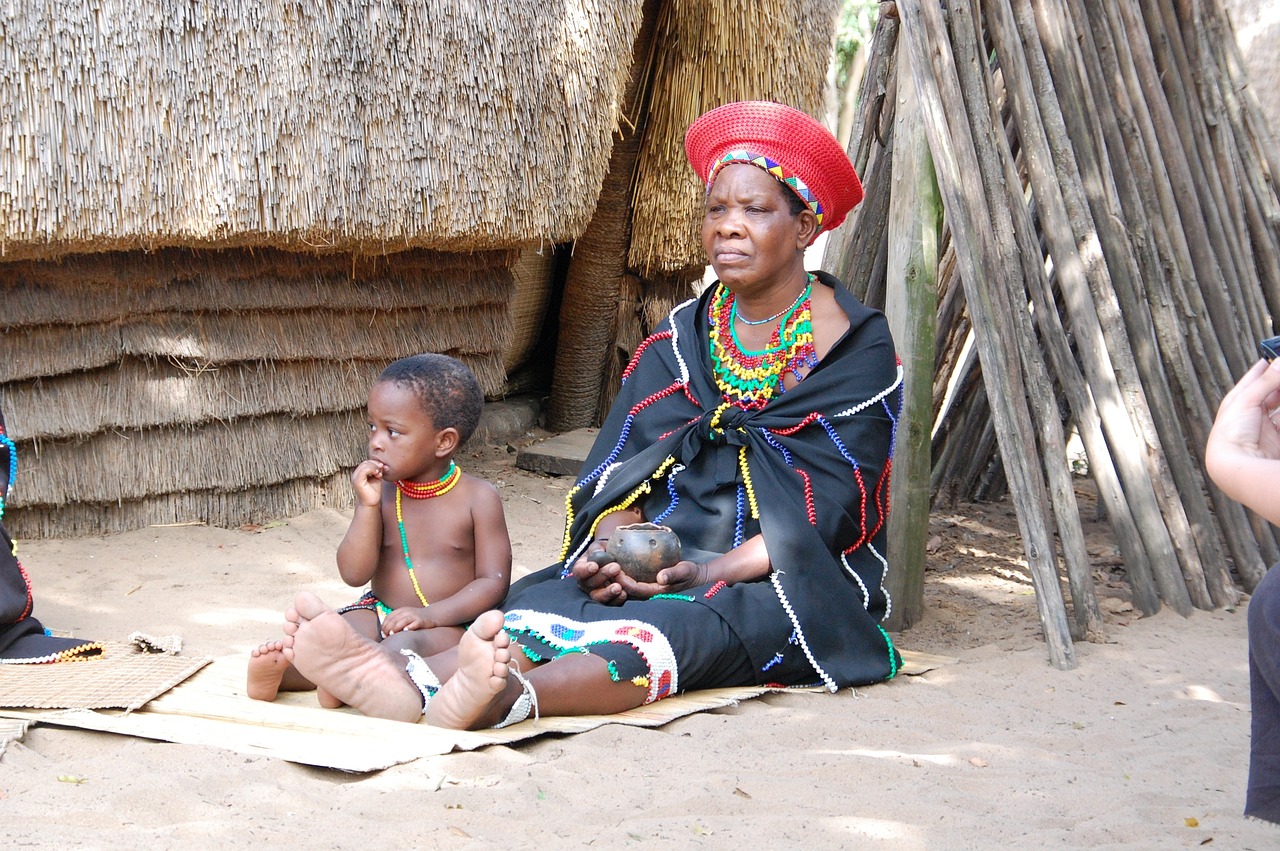
Impact of the Royal Reed Dance
The extends far beyond the boundaries of a traditional cultural celebration. This vibrant event not only serves as a symbol of Zulu heritage but also plays a crucial role in shaping social dynamics, preserving cultural identity, and boosting economic activities within the community.
At its core, the Royal Reed Dance serves as a powerful social glue that brings together individuals from various backgrounds and generations. It fosters a sense of unity and pride among the Zulu people, reinforcing their shared cultural values and traditions. Through the collective participation in the dance, community bonds are strengthened, and a sense of belonging is instilled in both participants and spectators alike.
Furthermore, the Royal Reed Dance acts as a cultural reservoir, preserving and transmitting ancestral knowledge, values, and practices to younger generations. By actively engaging in the rituals and customs associated with the ceremony, young Zulu maidens not only honor their heritage but also learn valuable lessons about respect, discipline, and community responsibility.
From an economic perspective, the Royal Reed Dance holds significant importance as well. The influx of tourists and visitors during the event stimulates local businesses, boosts tourism revenue, and creates employment opportunities for community members. Additionally, the sale of traditional attire, crafts, and souvenirs provides a source of income for artisans and vendors, contributing to the overall economic development of the region.
Moreover, the impact of the Royal Reed Dance transcends cultural boundaries, serving as a symbol of cultural diversity and inclusivity in South African society. By showcasing the rich tapestry of Zulu traditions and customs, the event promotes cross-cultural understanding, appreciation, and dialogue, fostering a spirit of unity and mutual respect among diverse communities.
In essence, the Royal Reed Dance stands as a testament to the resilience, vibrancy, and cultural richness of the Zulu people. Its enduring impact resonates not only within the confines of the ceremony but also reverberates throughout the broader social fabric of South Africa, embodying the spirit of tradition, community, and heritage.
Frequently Asked Questions
- What is the significance of the Royal Reed Dance in Zulu culture?
The Royal Reed Dance holds great cultural significance as it is a ceremony that celebrates the virginity and purity of young Zulu maidens. It is a symbol of unity, pride, and respect for tradition within the Zulu community.
- What are the preparations involved in the Royal Reed Dance ceremony?
Preparations for the Royal Reed Dance are meticulous and involve the gathering of reeds, the crafting of traditional attire, and the learning of ceremonial dances. Maidens also undergo purification rituals to cleanse themselves spiritually.
- What is the role of young Zulu maidens in the Royal Reed Dance?
Youthful Zulu maidens play a central role in the Royal Reed Dance as they are the ones who participate in the ceremony by dancing, singing, and presenting reeds to the Zulu king. They embody the cultural values and traditions of the Zulu people.
- How has modernization affected the traditional aspects of the Royal Reed Dance?
Modern influences have led to adaptations in the Royal Reed Dance, such as the incorporation of contemporary music and dance styles. While these changes reflect the evolving nature of culture, efforts are made to preserve the authenticity and essence of the ceremony.
- What is being done to preserve the cultural heritage of the Royal Reed Dance?
Various initiatives and programs are in place to safeguard the cultural heritage of the Royal Reed Dance, including educational campaigns, cultural festivals, and documentation of traditional practices. These efforts aim to ensure the continuity and appreciation of Zulu traditions.



















